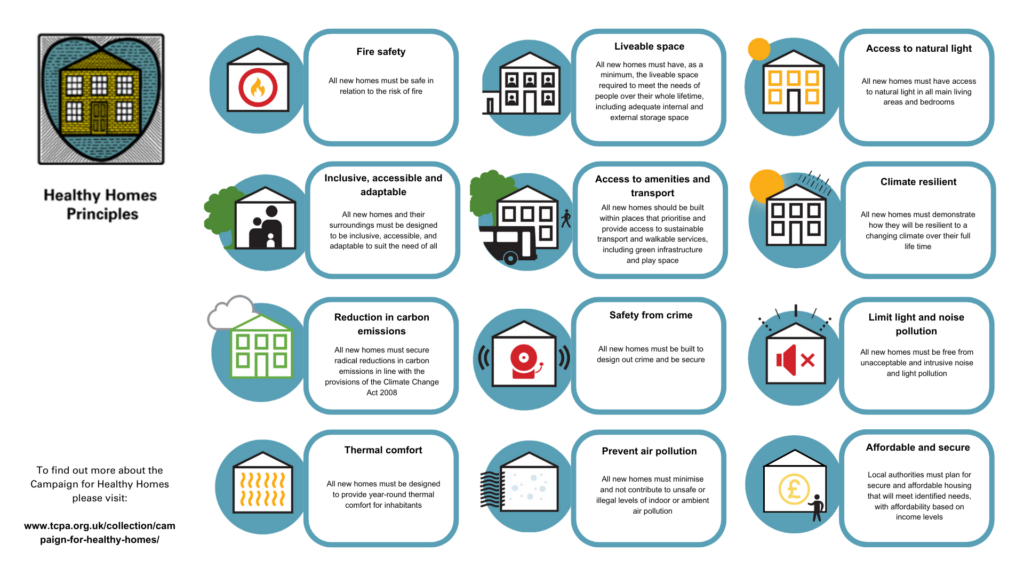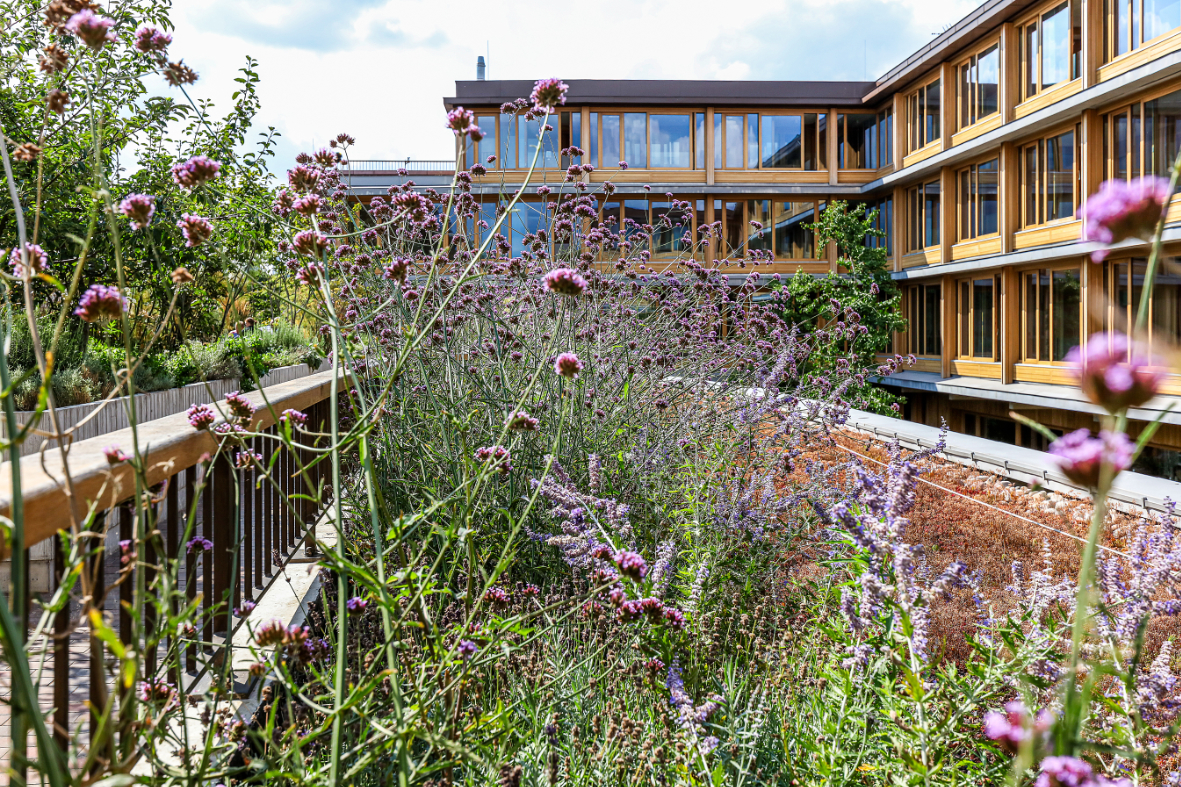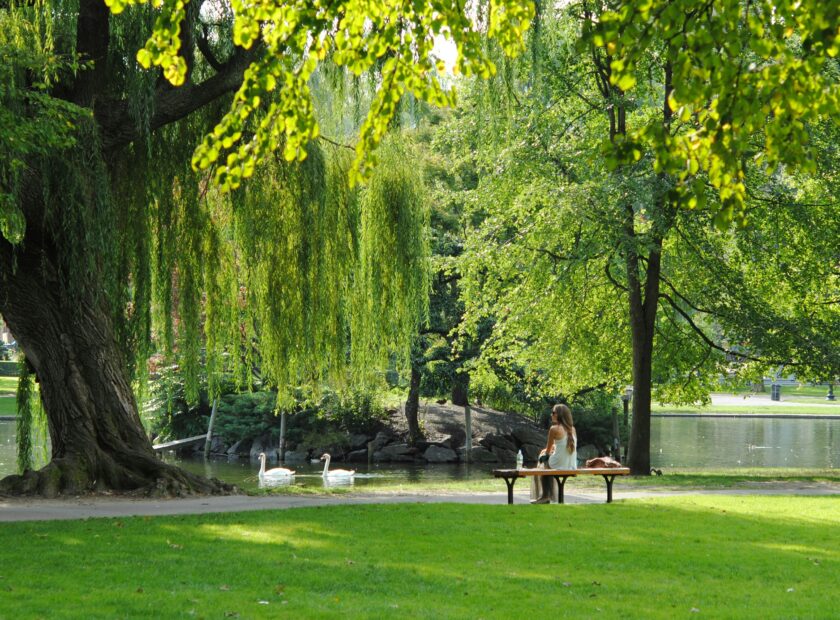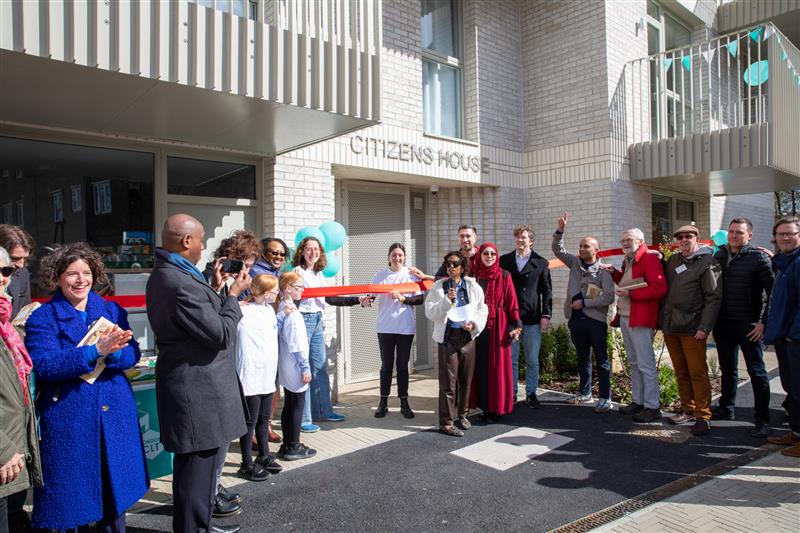To ensure better and more inclusive health outcomes, the TCPA has identified 12 Healthy Homes Principles that all new housing developments must provide. Each month, this blog series explores a single principle in more detail.
Healthy Homes Principle: Access to natural light

As our homes have increasingly become the place where we live, work, and study, especially since the COVID-19 pandemic, ensuring indoor access to natural light has grown in importance (Morales-Bravo and Navarrete-Hernandez, 2022). Yet, despite clear evidence of the benefits, housing design and delivery often fail to treat daylight as essential.
This latest blog in our Healthy Homes series explores the health impacts of a lack of access to natural light in our homes, and why this must be better addressed in how we plan, design and construct homes.
The relationship between natural light and our health
Natural light is important not only for safety and avoiding accidents like falls, but also for physiological and psychological health. Light helps regulate the nervous and endocrine systems and is intimately linked to hormone production, including melatonin, which governs our sleep-wake cycles. A lack of natural light during the day, or too much artificial light at night, can disrupt these rhythms, contributing to sleep disorders, mood disturbances, and chronic health issues (Osibona et al., 2021).
The evidence is striking, with studies showing that natural light in the home is associated with overall better physical, mental, and sleep health. Homes lacking natural light are more prone to dampness and mould growth, creating further health risks like respiratory illnesses. Sunlight’s antibacterial properties may even help protect against some infectious diseases.
The amount of daylight entering a home has been found to directly influence people’s feelings of happiness and sadness (Morales-Bravo and Navarrete-Hernandez, 2022). Exposure to daylight has been shown to significantly reduce symptoms of depression, including seasonal affective disorder (Osibona et al., 2021). One study of over 6,000 residents across eight European cities found that those experiencing low levels of natural light in their homes where 1.4 times as likely to experience depression and 1.5 times as likely to report a fall, compared to those who were satisfied with their access to natural light (TCPA,2024).
Natural light and planning policy
Despite the known health benefits of natural light, national planning policy often struggles to keep pace. The National Planning Policy Framework prioritises making efficient use of land, sometimes at the expense of daylight provision. Although documents like the National Design Guide and National Model Design Code recognise daylight as part of good design, these remain voluntary guidance documents, and not enforceable standards (TCPA,2024).
The Town and Country Planning (General Permitted Development) (England) Order 2021 introduced new requirements for homes produced via the ‘permitted development’ (PD) conversion of offices and light industrial building – to have ‘adequate natural light in all habitable rooms.’ This change was driven by concerns about converted permitted development flats that had no windows or very poor natural light provision. However, the change left a significant gap, since the ‘natural light’ requirement still does not mandate the provision of actual windows or even dual-aspect layouts, which would support effective passive ventilation of homes (TCPA,2024).
While tools like the Building Research Establishment’s ‘Site layout planning for daylight and sunlight: a guide to good practice (BR 209 2022)’ and other resources, such as RICS ‘daylighting and sun lighting’ professional standard (2023) exist to help design healthier spaces, these remain advisory rather than mandatory. This lack of comprehensive regulations risks compromising the health of people, including those living in permitted development housing (TCPA,2024).

Appleby Blue Alms Houses in London Borough of Southwark, Healthy Homes winner of the Pineapple’s award – designed by Witherford Watson and Mann architects for United St. Saviour’s Charity (Photo credit: Grants Associates) .
The Appleby Blue Alms Houses in London have balanced providing access to natural light with addressing overheating. The scheme has achieved this through incorporating a cooling inner courtyard, living and planted roof, and internal shared walkways with seating and open views of the courtyard. The architects also dropped the building height along one side of the block, in order to reduce the over-shadowing for neighbouring homes.
Natural light is more than a nice-to-have design outcome, it is essential for people’s health, happiness, and safety at home. As housing planning, design and construction continue to evolve, ensuring that homes have adequate daylight must be a priority, not an afterthought.
Building homes that ensure access to natural light is one of twelve Healthy Homes Principles in the Campaign for Healthy Homes. To promote thriving healthy and inclusive communities, a fundamentally different approach to delivering new homes is required – one that puts the quality and affordability of new homes and communities as highly as the quantity that are delivered.
Clémence Dye and Rosalie Callway, TCPA




